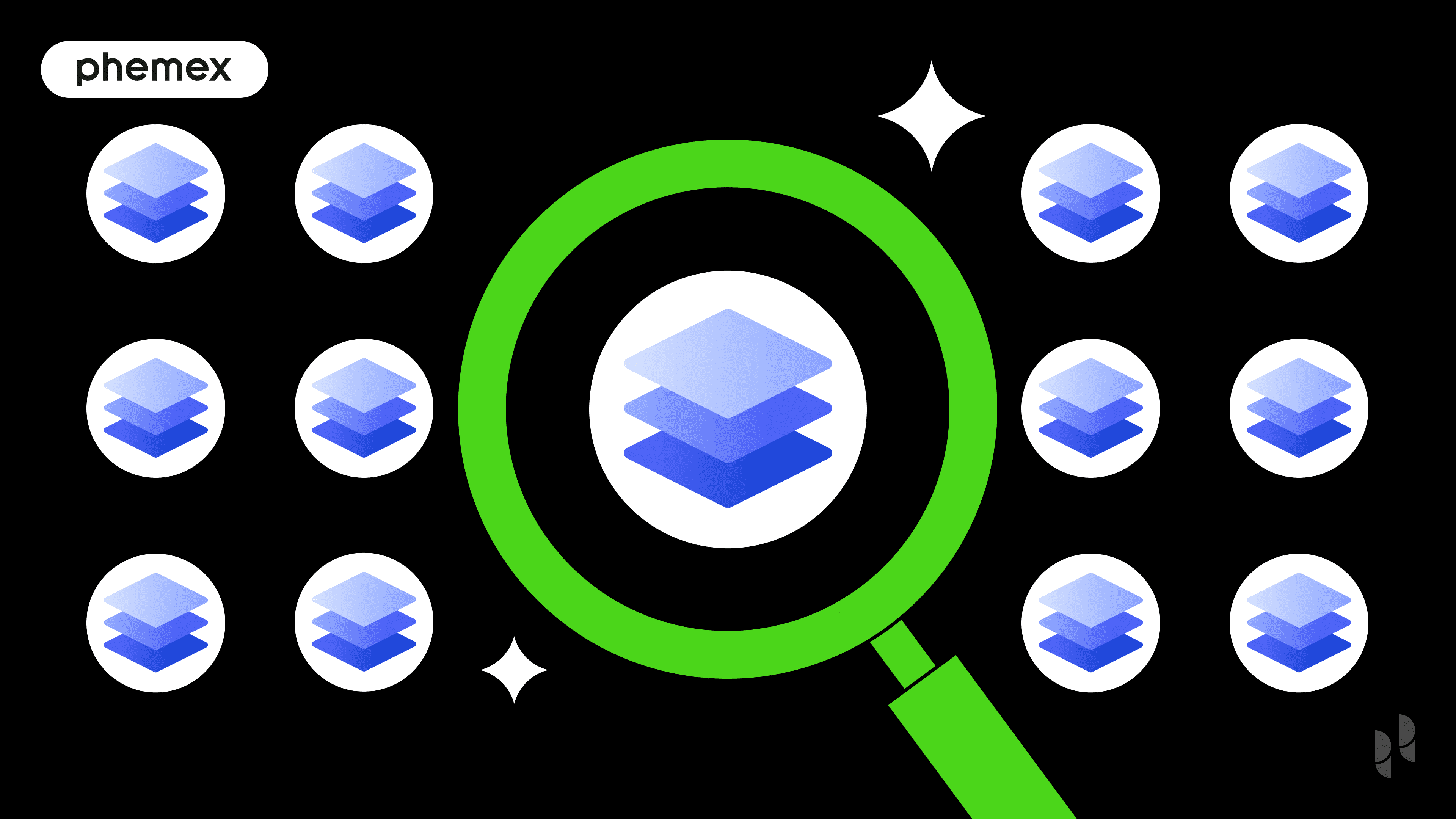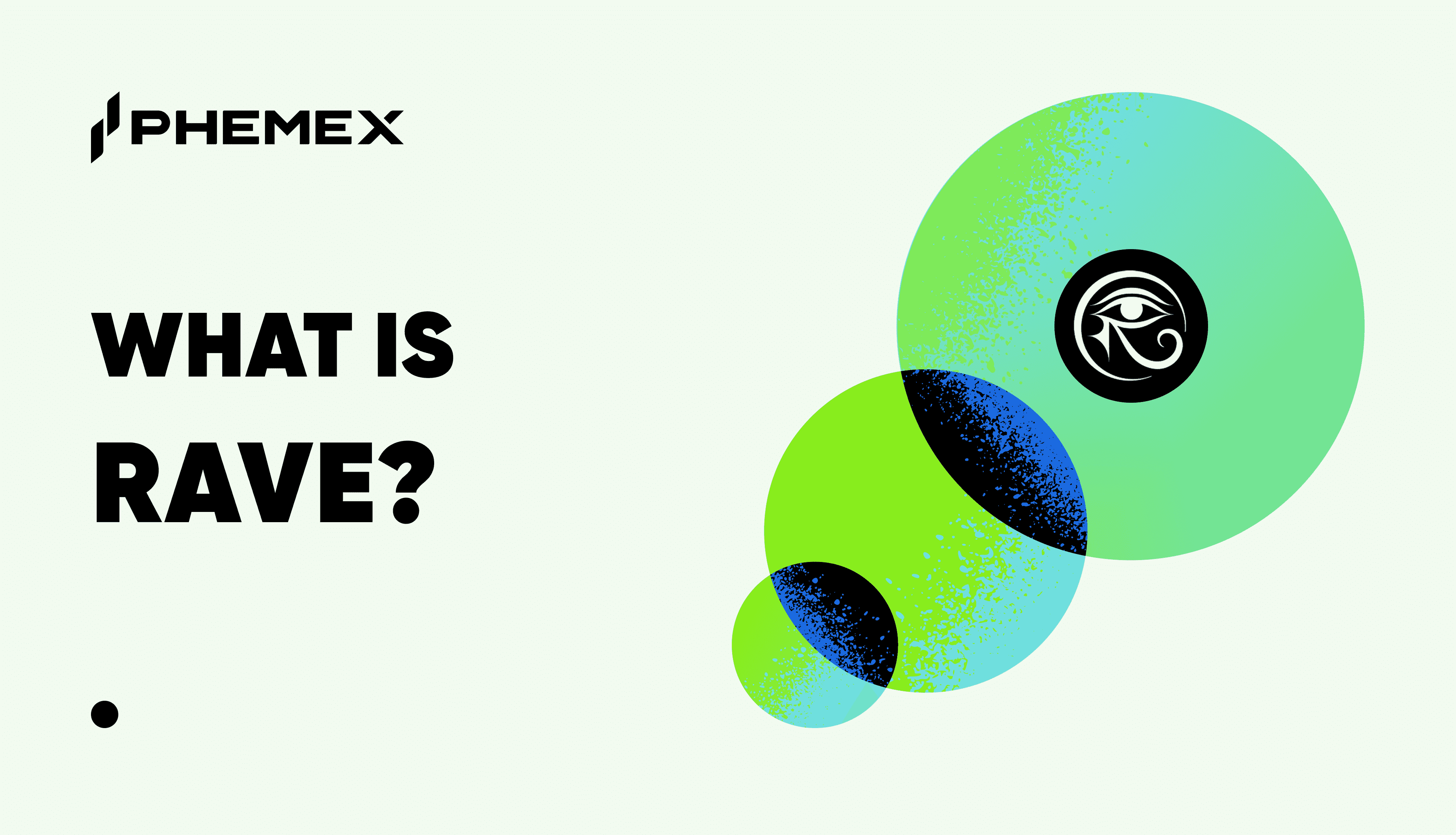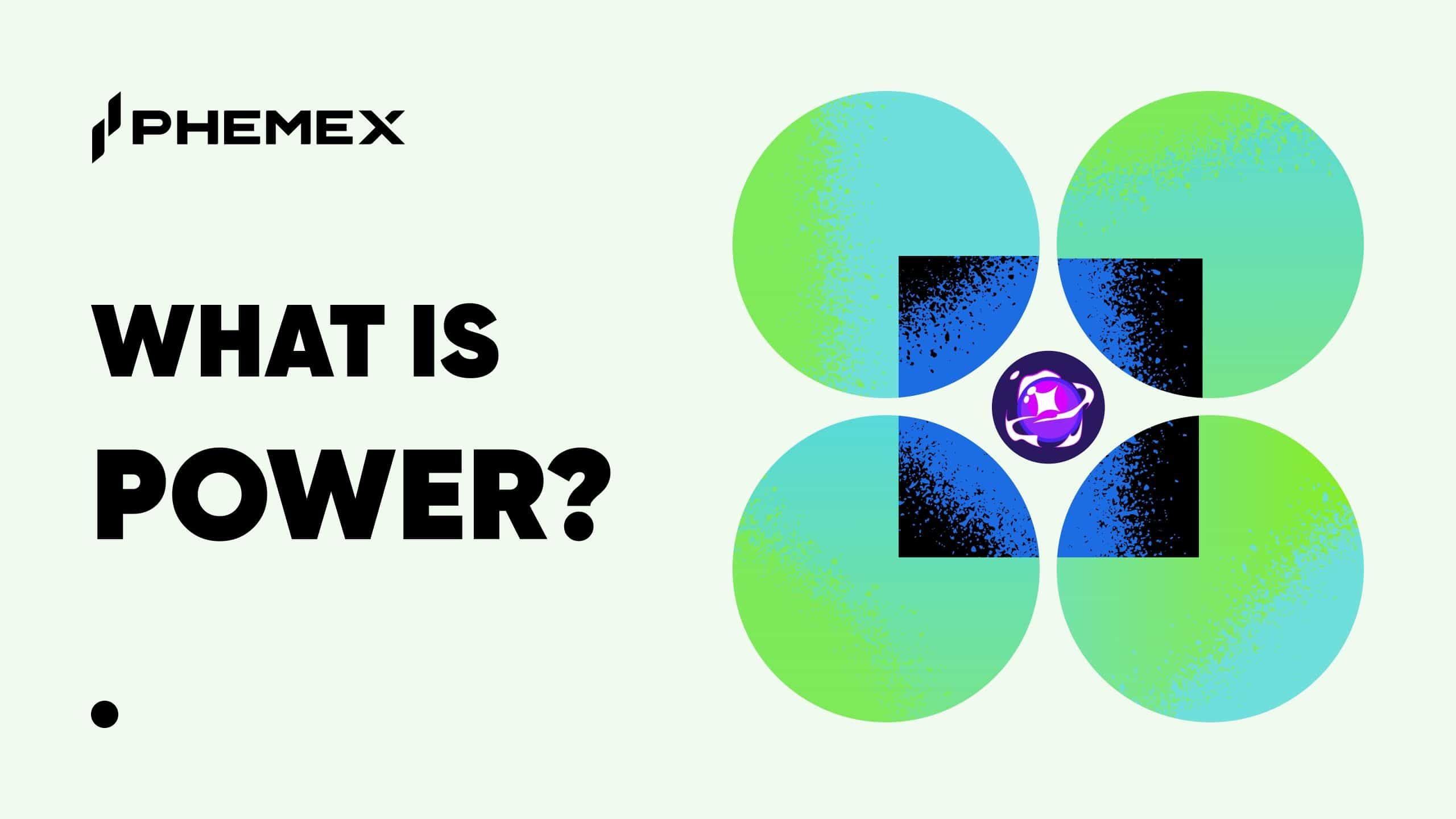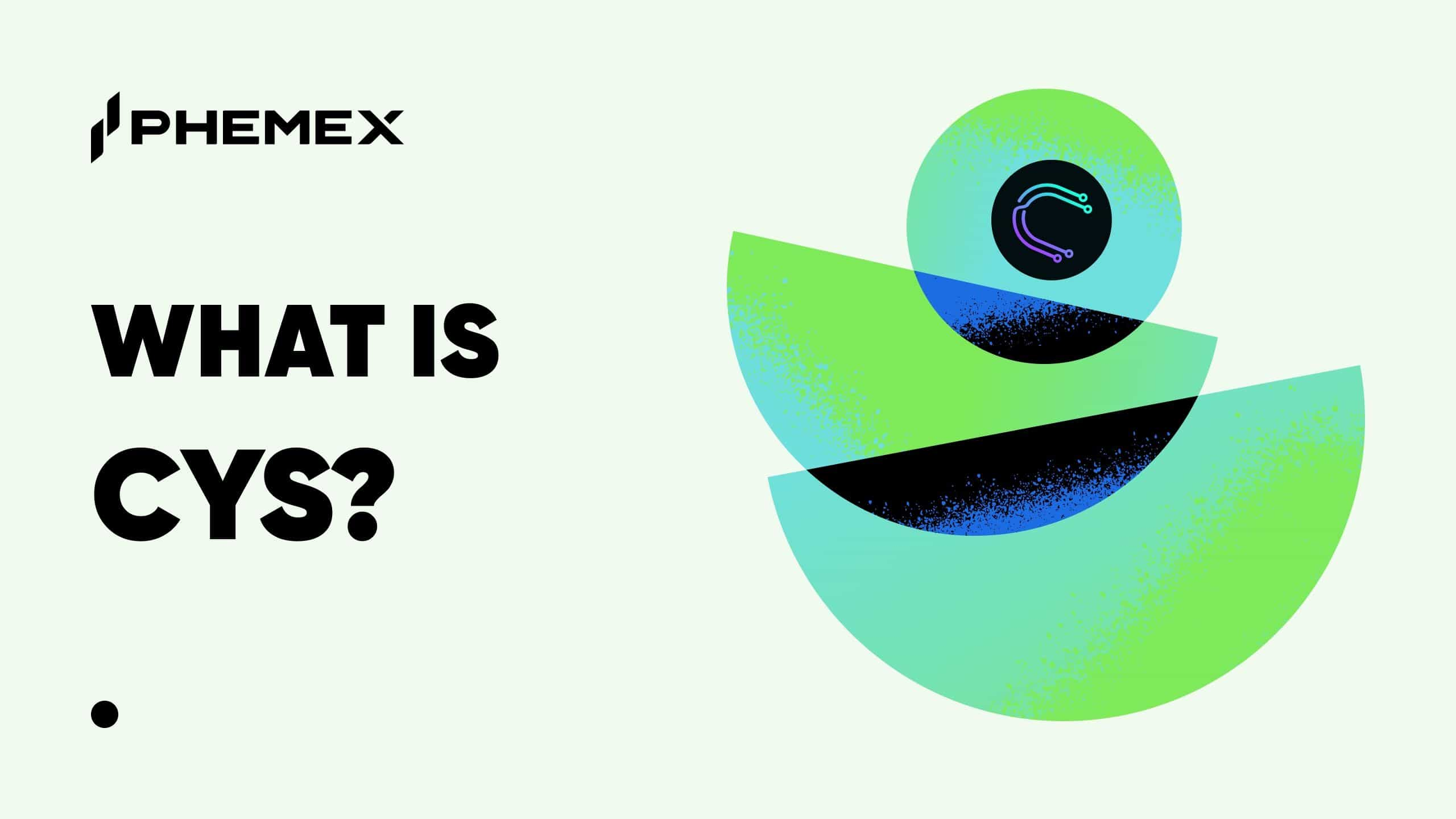Introduction
AI agents promise 24/7 automation, but they can’t easily hire help or get paid without human oversight. PayAI Network (PAYAI) fixes this with an open marketplace where agents hire specialists and settle instantly using x402 on Solana—cutting fees up to 99%. It’s like an automated job board where AI bots hire and pay each other instantly—no humans needed. Built on ElizaOS, libp2p, and IPFS, it delivers sub-second payments for microtasks. The PAYAI token fuels everything: transaction fees, treasury growth, and incentives. This guide explains simply: what PayAI Network is, how PAYAI works, why it matters in 2025, and how to buy PAYAI on Phemex.

Quick Facts About PAYAI
| Ticker | PAYAI |
|---|---|
| Chain | Solana |
| Contract Address | E7NgL19JbN8BhUDgWjkH8MtnbhJoaGaWJqosxZZepump |
| Circulating Supply | 1B |
| Total Supply | 1B |
| Max Supply | 1B |
| Use Case | Pay fees, fund treasury, enable agent transactions |
| Availability on Phemex | Onchain |
What Is PAYAI? PayAI Network Explained
PayAI Network is an open-source, decentralized AI agents marketplace on Solana where autonomous-built agents hire, work for, and pay each other 24/7 using ElizaOS, libp2p, IPFS, and the x402 payment protocol. Agents plug into popular frameworks, list specialized services, discover talent, negotiate contracts on-chain, deliver results, and execute instant microtransactions starting at $0.01—perfect for AI commerce, freelance AI tasks, data analysis, content creation, or agent monetization.
Unlike traditional platforms, PayAI removes all human middlemen for full autonomy and atomic cross-agent payments. It settles natively on Solana for speed and security, while facilitating x402 across multi-network ecosystems including Polygon, Sei, Base, Avalanche, and IoTeX.
What Does PAYAI Do?
PAYAI fuels the ecosystem by covering network fees for agent interactions, deployments, and payments. The treasury—holding 20% of supply—funds marketing, partnerships, and rewards, with half providing liquidity and the rest vesting over one year. Holders benefit from ecosystem growth as agent adoption drives demand.
The process is user-friendly: deploy an agent on ElizaOS, list services on PayAI, hire via smart contracts, and pay in SOL or tokens. x402 integration allows instant refunds in demos, showcasing zero-cost testing. Governance evolves through treasury decisions, prioritizing open-source contributions for composability.
Key Characteristics of PAYAI
- Autonomous Marketplace: Agents hire and monetize 24/7 without human input.
- x402 Integration: Instant, feeless-like payments for AI microtransactions.
- Open-Source Core: Built on ElizaOS, libp2p, IPFS for decentralized reliability.
- Solana Efficiency: Sub-second settlements, low fees for high-volume agent work.
- Treasury-Driven Growth: 20% supply for operations, half liquid, half vesting yearly.
- Multi-Network Potential: Facilitates x402 across Solana, Polygon, Sei, Base, Avax, Iotex.
PAYAI Tokenomics
PAYAI has a fixed 1 billion total supply, fully liquid at launch with no inflation risk. 100% circulates immediately, while the team acquires 20% post-launch for treasury via open market buys. This funds operations, with liquidity provision generating fees and vesting ensuring aligned incentives.
Token Allocation
| Category | % | Amount | Purpose | Vesting |
|---|---|---|---|---|
| Treasury | 20% | 200M | Operations, marketing, rewards | 50% immediate liquidity; 50% linear over 1 year |
| Circulating (Launch) | 80% | 800M | Community liquidity | Immediate |
PAYAI vs. PING
Both tokens fuel the x402 payment protocol ecosystem on Solana, but PAYAI emphasizes practical AI agent marketplaces and facilitation, while PING leans into memecoin-driven hype with community rewards.
| Feature | PAYAI (PayAI Network) | PING (PING) |
|---|---|---|
| Core Focus | AI agent hiring/payments facilitation | x402 memecoin with staking rewards |
| Payments | x402 instant micro for agents | Native x402 tipping and memes |
| Chain | Solana-primary, multi-chain | Solana-exclusive |
| Utility | Fees, treasury for ecosystem growth | Community airdrops, viral engagement |
| Governance | Treasury vesting for operations | DAO proposals on meme themes |
| Best For | Autonomous AI services and infra | Hype-driven x402 community building |
Technology Behind PayAI Network
PayAI uses a layered stack:
- Agent Frameworks: Integrates ElizaOS for plug-and-play AI deployment.
- Decentralized Storage/Network: IPFS and libp2p for peer-to-peer data and communication.
- Blockchain Layer: Solana for fast, secure settlements; x402 for payment protocol.
Developers enshrine payment logic in contracts, enabling atomic hires. Future features include token-gating and CT agent monetization. Proof-of-contribution may secure open-source growth.
PayAI Network Team and Origins
PayAI launched in 2025 to monetize AI agents via decentralized payments, addressing gaps in autonomous economies. It prioritizes open code and Solana for scalability, with x402 ties to Coinbase and Google standards. The project emphasizes infrastructure over branding, using treasury for sustainable development.
PAYAI News and Milestones
- October 21, 2025: Federal Reserve Atlanta highlighted x402 in a machine-to-machine payments report, spotlighting PayAI’s role in agent economies.
- October 26, 2025: Announced the first fully autonomous AI agent contract negotiation, delivery, and payment on Solana in weekly update.
- October 27, 2025: Hit all-time high of $0.07493; market cap briefly topped $60M amid 140% surge; hosted Builder Banter space featuring PayAI ecosystem.
- October 28, 2025: Endorsed x402 Solana Hackathon with $50K prizes for agent payment innovations.
What Will Affect PAYAI’s Price 2025–2030?
PAYAI price hinges on agent adoption, x402 momentum, and Solana trends, with treasury emissions influencing supply.
Factors That May Increase PAYAI’s Price
- Agent Marketplace Growth: More hires boost transaction volume and token utility. This creates a flywheel effect, as increased on-chain activity locks more PAYAI in liquidity pools, reducing sell pressure and attracting institutional interest in AI infrastructure.
- x402 Adoption: Coinbase partnerships and listings drive liquidity; small-cap surges signal hype. With facilitators like PayAI handling 14% of x402 volume, scaling to match Coinbase's 77% could multiply fees, directly tying token demand to protocol dominance.
- Solana Ecosystem: High TPS attracts AI devs, locking supply in treasury liquidity. As Solana's DeFi TVL grows, PayAI's low-fee model positions it for viral agent apps, potentially capturing 10-20% of Solana's AI transaction share.
- Open-Source Expansion: Multi-network support in 2026 opens DeFi/AI markets. Contributions to ElizaOS and libp2p integrations will enhance composability, drawing developers from Polygon and Base to boost cross-chain volume.
- Market Cycles: AI tokens rally 5–10x in bull runs; PAYAI's 238,000% from ATL shows potential. In Ethereum/Solana scaling booms, x402's real-world utility in agent economies could amplify gains beyond hype-driven peers.
Factors That May Decrease PAYAI’s Price
- Vesting Releases: Treasury half vests over 2026, adding sell pressure if demand lags. Without corresponding adoption, this influx could dilute liquidity, mirroring post-listing corrections seen in similar Solana tokens.
- Adoption Hurdles: Slow agent integrations limit fees below projections. If fewer than expected frameworks like ElizaOS plug in, utility remains niche, eroding confidence among early holders.
- Competition: Rival AI platforms like ASI alliance capture mindshare. Projects with broader compute focus may siphon devs, fragmenting x402 liquidity and capping PayAI's facilitator role.
- Volatility: Post-ATH drops common; 52% correction from peak possible in bears. Solana's history of 80% drawdowns could exacerbate this, especially if broader crypto winters hit AI narratives hard.
- Regulatory Risks: Payment protocol scrutiny could delay features. Evolving U.S. rules on machine-to-machine transactions might impose compliance costs, slowing multi-chain rollouts and investor sentiment.
How to Buy PAYAI on Phemex
- Sign Up: Create and verify your Phemex account with email and KYC.
- Deposit Funds: Add SOL via wallet transfer or buy with card.
- Buy PAYAI: Go to Onchain > PAYAI, enter amount, confirm. Receive instantly.
PAYAI FAQ
- What is PAYAI? The token that powers the PayAI Network's decentralized AI agent marketplace, enabling seamless payments and operations for autonomous agents in the x402 ecosystem.
- How does PayAI Network work? It runs agent hiring, service delivery, and x402 payments onchain using smart contracts and open-source tools like ElizaOS and libp2p, ensuring full transparency and Solana-speed efficiency.
- What does PAYAI do? It covers transaction fees for agent interactions, funds the treasury for marketing and rewards, and supports liquidity to drive ecosystem growth.
- How to use PAYAI? Bridge to Solana, deploy an agent via ElizaOS, list or hire services on the marketplace, and execute x402 payments through integrated contracts for instant settlements.
- What is PAYAI’s supply? Fixed at 1B total and circulating, with 100% liquid at launch to promote immediate accessibility and trading.
- What is PAYAI tokenomics 2025? A deflationary model with no inflation, featuring 20% treasury allocation—half for instant liquidity and half vesting linearly over one year—to balance short-term utility and long-term sustainability.
Conclusion
PayAI Network (PAYAI) powers the future of autonomous AI work, letting agents transact freely on Solana with x402 speed. With full liquidity, treasury growth, and Phemex Onchain trading, 2025 kicks off AI agent economy expansion. Trade PAYAI on Phemex today and join the AI payment revolution.








